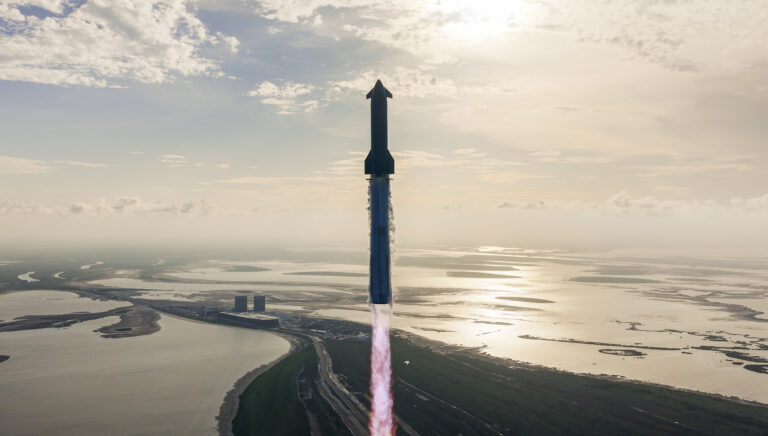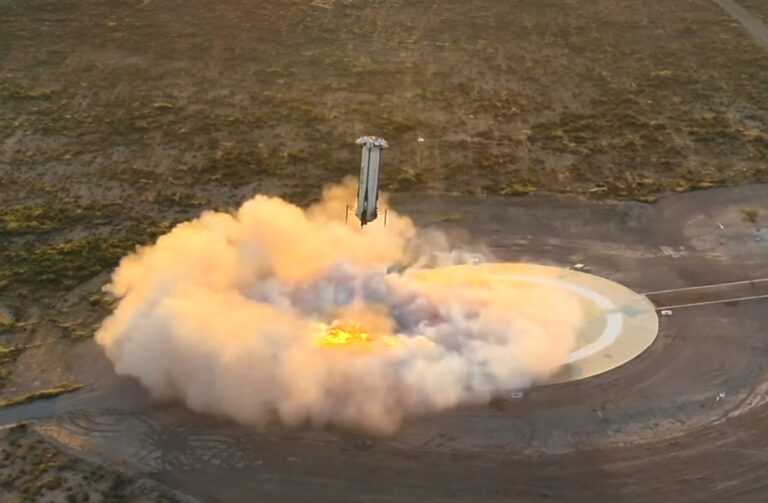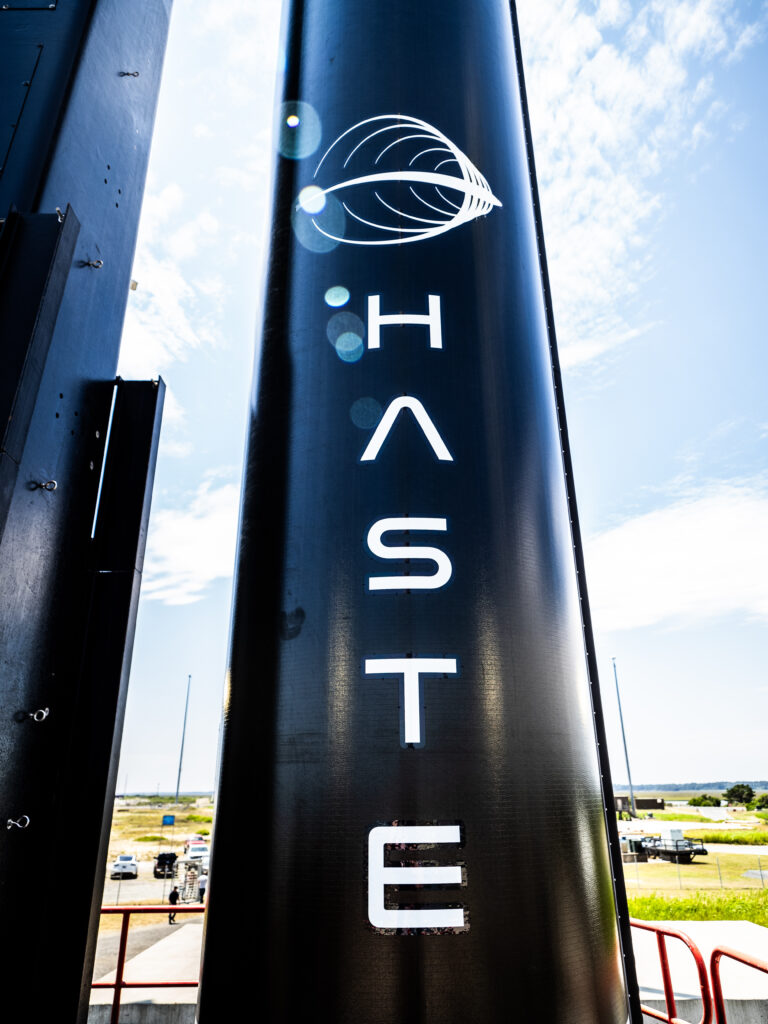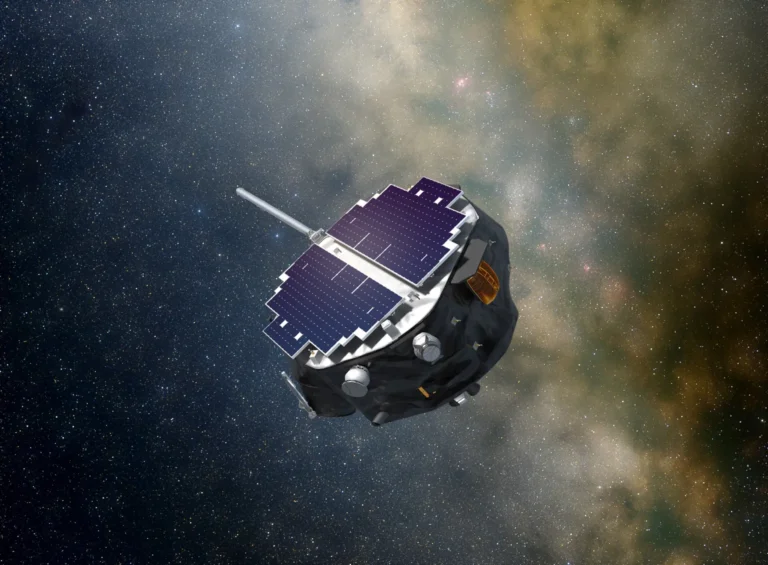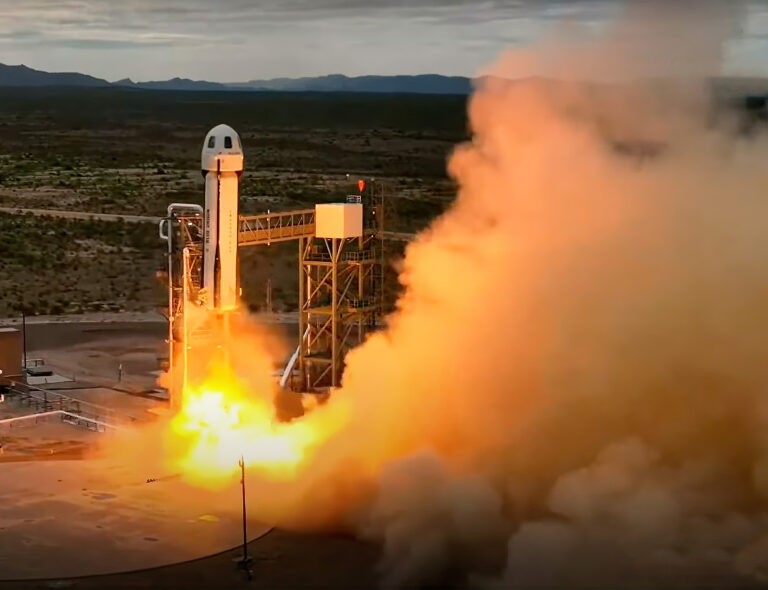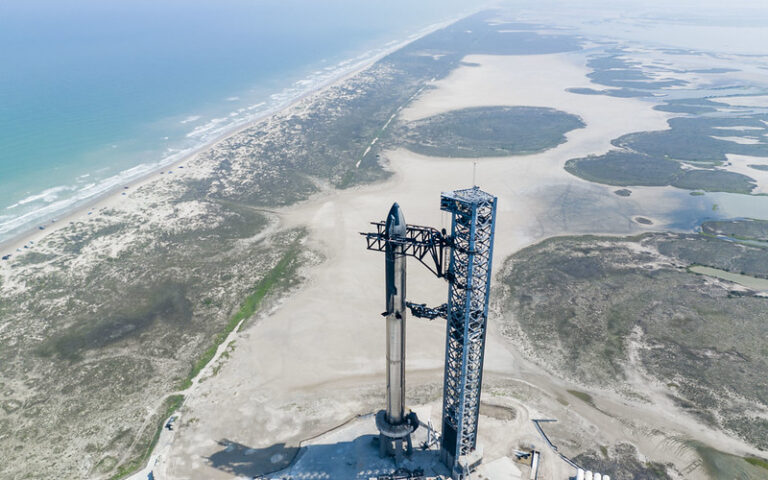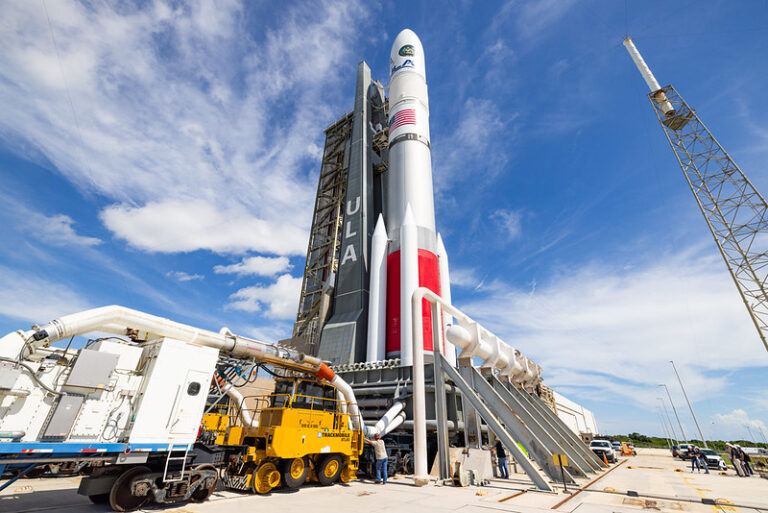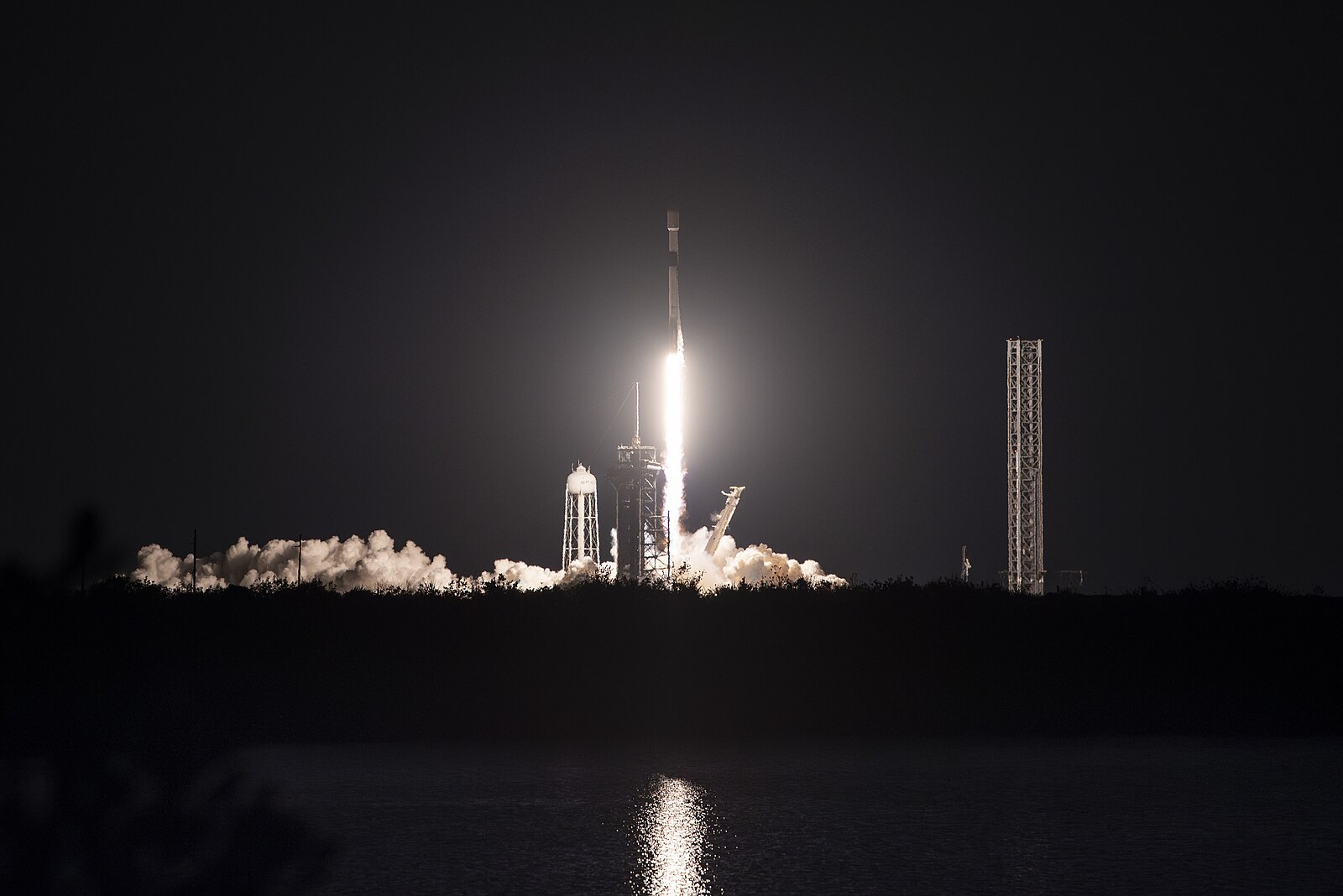
Key Takeaways:
- The SPAINSAT New Generation II satellite is scheduled for launch via a SpaceX Falcon 9 from Cape Canaveral on October 22, representing the second component of the SpainSAT NG program.
- Operated by hisdeSat, the satellite's primary objective is to furnish secure and reliable communications for Spanish government and military operations.
- Positioned at 29º east longitude, the spacecraft is built on a Space Systems/Loral LS-1300 platform, incorporating advanced X-band, military Ka-band, and UHF transponders.
- Engineered for a 15-year operational lifetime, its flexible antenna system, featuring fixed and steerable beams, ensures broad coverage over North and South America, Africa, Europe, and the Middle East.
Mission highlight: SPAINSAT New Generation II
This week’s highlighted mission is the launch of the SPAINSAT New Generation (NG) II satellite for the Spanish satellite operator hisdeSat. A SpaceX Falcon 9 rocket is scheduled to lift off from Cape Canaveral Space Force Station in Florida on Wednesday, Oct. 22, at 9:30 p.m. EDT.
hisdeSat was founded in 2001 as a government satellite services operator, primarily serving the areas of defense, security, intelligence, and foreign affairs. The SpainSAT NG program, consisting of two satellites, is designed to provide secure and reliable communications for the Spanish government and military operations. This satellite, the second in the series, will be positioned at 29º east longitude. It features advanced X-band, military Ka-band, and UHF transponders, ensuring robust communication capabilities.
Built on the reliable Space Systems/Loral LS-1300 platform, the satellite is designed for a 15-year operational lifetime. Its antennas are configured with a mix of fixed and steerable beams to maximize flexibility, allowing coverage to be directed to specific areas as needed. The satellite’s coverage area will include North and South America, Africa, Europe, and the Middle East.
Other missions this week
Wednesday, Oct. 22: Before the SPAINSAT launch, SpaceX is scheduled to launch the Starlink Group 11-5 mission on a Falcon 9 from Vandenberg Space Force Base in California at 10:00 a.m. EDT.
Saturday, Oct. 25: The week closes out with a SpaceX doubleheader. First, a Falcon 9 will launch Starlink Group 11-12 from Vandenberg at 10:00 a.m. EDT. Shortly after, another Falcon 9 will launch the Starlink Group 10-21 mission from Cape Canaveral at 10:27 a.m. EDT.
Last week’s recap
The week of Oct. 13–19 was busy, with a total of eleven launches around the globe. The week was headlined by SpaceX’s eleventh integrated Starship Test Flight from Texas on Monday, Oct. 13. Other notable missions included Rocket Lab’s Owl New World launch from New Zealand and four separate missions from China. SpaceX also had a packed manifest, successfully launching five Falcon 9 missions that deployed satellites for its Starlink constellation, the Space Development Agency, and Amazon’s Project Kuiper.
Looking ahead
Next week, look for a trio of SpaceX Starlink missions scheduled for Monday, Oct. 27, from California, Tuesday, Oct. 28, from Florida, and Thursday, Oct. 30, from California.


